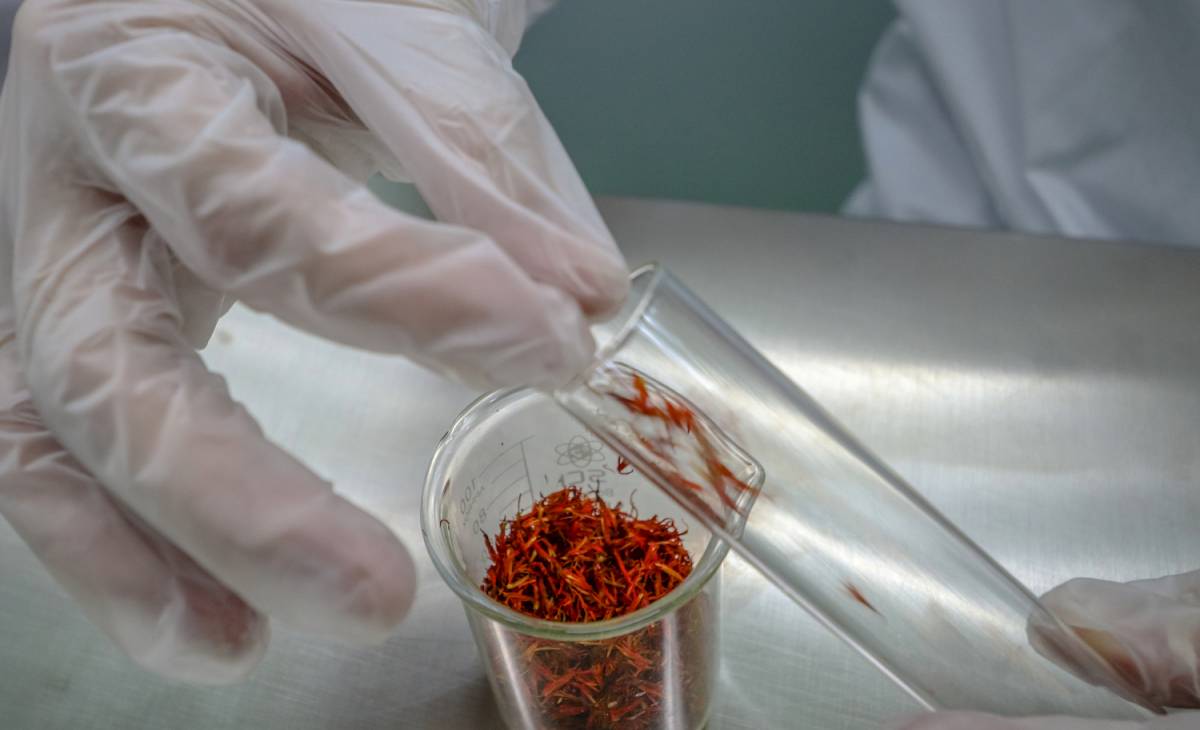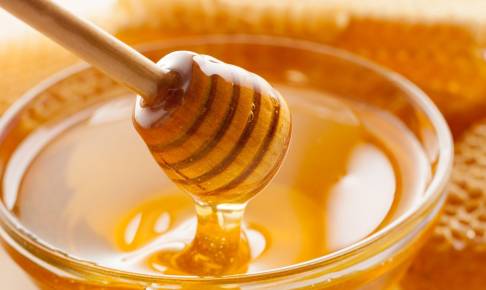The use of DART-HRMS as an untargeted method for identifying saffron adulterants
Saffron is one of the world's most expensive agricultural goods, yet it's also the most often adulterated spice, with undisclosed plant-based surrogates or synthetic components imitating color and shape. Saffron quality is currently certified in the worldwide trade market using ISO criteria that measure fragrance, taste, and color strength. However, it has been proven that particular adulterants such as safflower, marigold, or turmeric up to 20% (w/w) cannot be identified using the current method; hence, new and sensitive screening approaches are still needed to address this unresolved problem.
The goal of the study that was performed was to create an untargeted technique that uses an ambient mass spectrometry ionization source (DART) and a high-resolution mass spectrometer (HRMS) in order to distinguish between pure and contaminated saffron samples including either safflower or turmeric. For the purpose of the investigation, pure and contaminated model samples were generated at various inclusion levels, and metabolic profiles were obtained. As a preliminary validation of the metabolic profile's discriminating capacity obtained under optimal DART-HRMS conditions, an unsupervised multivariate analysis based on hierarchical cluster analysis and principal component analysis was performed.
Chemometric analysis allowed for the distinction of the metabolic profile under optimal DART-HRMS conditions, allowing for the detection of these adulterants down to 5%.






















